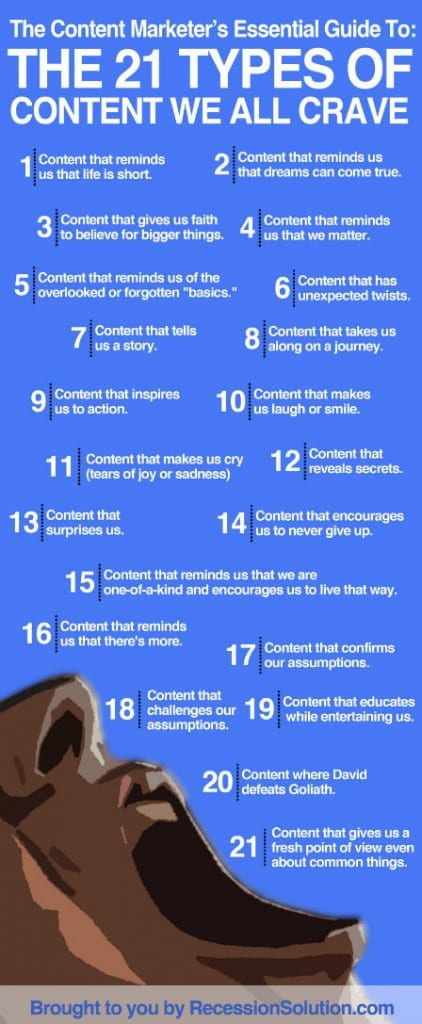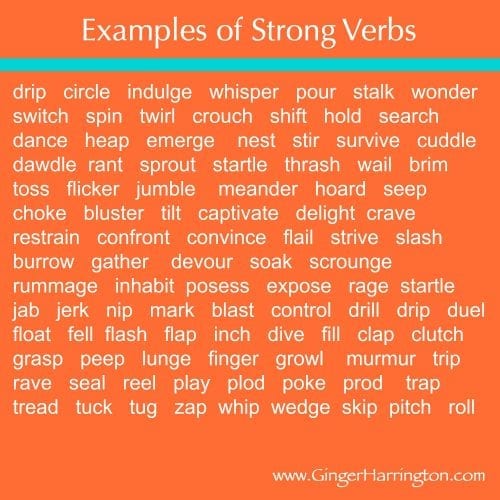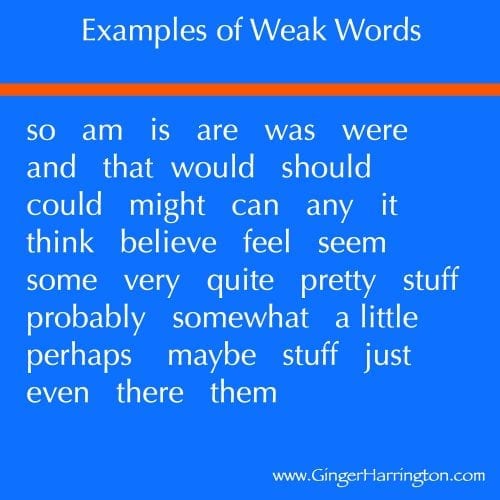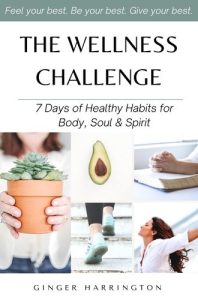Blogging is ultimately about sharing good content and developing relationships. Invite your reader into a great conversation, with the feel of having coffee with a friend.
There are tips and tools of the trade that can make writing effective. Recently I’ve had some great opportunities to encourage new bloggers. So today, I’m changing things up a bit and sharing tips I’ve learned about blogging.

Use this post as a resource and overview. If you’re new to blogging, give yourself permission to grow into using these tips with confidence. Take advantage of the curated content and helpful links to additional information and examples.
1. Content is key.
What do you have to say and why is it important? Is your content relevant, and does your post give a single, clear message? Though there are bloggers that make their living by rambling opinions and random thoughts, most readers want to read a clear, relevant message.
Types of blog posts for inspirational sites.
- Share an experience with a take away
- Reflect on a meaningful message
- Devotional post on scripture
- How-to post/Tutorial
- List Post/ 5 Reasons to ______.
- Solve a problem
- Provide a benefit
- Resource list
I love this list from Scott Aughtmon of Recession Solution in this infographic I found years ago on Pinterest. I keep coming back to it as it offers so many great ideas at a glance. I’ve tried to find current information on this content, but have not been successful.

2. Write a great headline.
The headline is your first, and sometimes last chance, to catch the attention of readers. A compelling title generates interest. Use key words in your title and be clear about the benefit of your post. Numbers, power words, and clear benefit are places to start when writing a good headline.
3. Hook the attention of the reader with a strong beginning.
There are many good ways to start a blog post: (The following links include examples from this blog.)
- Ask a question
- State an interesting fact
- Tell a story
- Relate a struggle or need
- Share a quote or verse
- Arouse curiosity or grab attention.
- Describe an experience
- Invite to share a common situation
4. Keep it short.
500 words is the average blog post. Try to stay within a 500-700 word range. It is better to divide into two shorter posts, than wear out the reader with a marathon post.
5. Write tight.
Shorter sentences and paragraphs work well. Keep your paragraphs 1-3 sentences as a general rule. Aim for 5 sentences as your max in one paragraph. Pull out all the extra words, wordy phrases, repetition, unnecessary adverbs, and passive language. Part of writing tight is developing a good proofreading routine.
6. Avoid weak language and use power words:
Choose strong verbs:

7. Make your post screen friendly.
Create visual space on the page. Chunk your text using titles, short paragraphs, images, and bullet lists. Add space between each element. Any time there is a large mass of text on the page, it can appear to be hard or boring to read.

8. Be yourself.
Write with your personality in a conversational tone. Blogging isn’t teaching or preaching, so avoid any hint of the formality of lecture. Encourage and invite your reader into your experience, come along side and share rather than write like one who has all the answers. Read your post aloud for a readability check. You will naturally hesitate over words that don’t fit.
9. Finish with a call to action.
A call to action is where you clearly ask your reader to do something:
- Subcribe or sign up
- Leave a comment
- Share post on social media
- Like on Facebook
- Click on a link
If you are new to blogging, your head is probably spinning if you’ve made it to the end of this post. Keep this list as a guide and enjoy writing great blog posts.
Share this post using the social media icons. Have fun writing!


 So glad you're here. I help busy women—gals like you— build healthy habits for living well with biblical wisdom and practical steps to deepen your faith, increase your hope, and thrive in your purpose.
So glad you're here. I help busy women—gals like you— build healthy habits for living well with biblical wisdom and practical steps to deepen your faith, increase your hope, and thrive in your purpose.




Hi Ginger … as a blog coach, I just LOVED your tips, secrets, and superb ideas! What a treasure trove you’ve shared!
Blessings as you head through this week …
Thanks so much! This is a first for me, so I REALLY appreciate your feedback. Thanks so much for stopping by. What a great discover Creekside has been!
Great tips, Ginger. I need to research more on passive language as I’m not really sure what that is. Do you have an example of this in mind?
On of the problems with passive voice is the subject does not do the action of the verb. For example: The book was read by the boy vs. The boy read the book. Even better is to use an interesting verb: The boy devoured the book. Hope this helps. Great question!
wow….your godwink for me was on cue today!
I was just thinking about looking into doing a blog with my photos and poems and my current focus on writing about encouragement…..I will use your thoughts and ideas and be in touch as I work through this idea….Again thanks for the info.
You are so welcome. I hope you find the blogs I referenced to be helpful as well. Good luck with your blog. Your poems and photos are wonderful.
Ginger. I came to visit you today. I’m glad I did. The first thing I did was print out your “tips”. I’m keeping on my desk to double-check my work just before I send it off with a prayer. I do have a problem with titles. Can’t seem to get that right. Thanks for visiting me too. It means a lot to me and your comments are “spot on.”
I’m so glad you found this helpful. These are things I wish I had known when I was getting started. Have a great writing week!
Great information, Ginger! Thanks so much for sharing this!
Blessings, friend. Thanks so much!
Excellent post, Ginger! I’m always searching for ways to improve my writing/blog and this one is a keeper. Consider it bookmarked. 🙂
Thanks, Cathy! We are all continually honing our craft. I have benefitted so much from those who have shared information with me. It is fun to pass a few things along as well.
You’ve been pinned, Ginger! 🙂 I pinned this to my boards on Pinterest, and I am going to share this post with our writers group. Thank you for compiling this list and giving visuals and useful tips. Loved it!
I’m so glad. I’m a very visual person, so it is helpful to me to make graphics. So happy you can use it!
Point 4, 5 an 6 stand out for me. Especially point 6 is helpful. I am not a native English speaker and so my English is pretty simple, lacking these powerful verbs.
I’m so glad this is helpful. Thanks for stopping by!
Oooh, great tips! I think I’m doing pretty well, but these are some good ideas for improvement. Thank you!
There’s so much to learn! What a grand adventure. Blessings in your writing.
This is great advice! I think I struggle most often with titles. I put a lot of pressure on myself to think of a catchy one. 🙂
I know what you mean. There is such a balance between the catchy, clever title and the clear title. Still working on the art of the title!
Fantastic post!!
One thing I can’t stress enough is writing a great headline. Of course your content has to be great, but your headline sells your content. If you don’t have a great title a lot of people won’t read your post.
You are so right. If the title doesn’t grab interest, the content will be overlooked. Thanks for sharing your thoughts.
Hi Ginger,
This is a fantastic and practical list for new and veteran bloggers alike. I especially appreciate Tip #2, “Write a great headline.”
It’s amazing how much time can go into the headline alone. I often write 5-10 different versions. A related tip I’ve found helpful is to pay close attention to the capitalization of the headline (like AP style vs. Title Case), as it can really change the professional look of the post.
Thanks for sharing these great reminders!
Hi Shiften, so glad this was helpful for you. Headlines are so important and worth taking time to get right. So much goes into a headline. And I agree, the capitalization gets tricky with the differences in various styles. Blessing to you in your work!